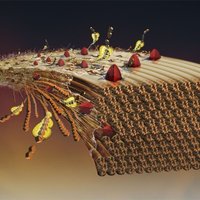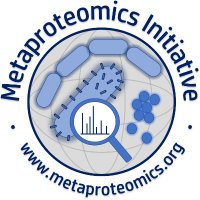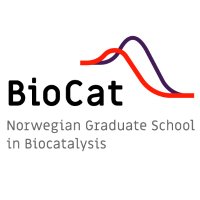
The PEP group
@eijsinklab
The protein engineering and proteomics (PEP) group headed by Prof. Vincent Eijsink. PI's @GustavVaaje @MathiesenG and @ThePopeLab @AnikoVarnai @MagnusArntzen
ID: 1021327371364913152
https://www.nmbu.no/en/faculty/kbm/research/groups/pep 23-07-2018 09:33:15
327 Tweet
387 Followers
183 Following

Online now in Early View The FEBS Journal. Three GH enzymes from different families. All can hydrolyse pustulan (B-1,6-glucan), but only one is really any good at it! febs.onlinelibrary.wiley.com/doi/10.1111/fe…


We (Bastien Bissaro) just published a short review explaining how LPMOs went from being slow monooxygenases to being efficient peroxygenases, harnessing the power of site-specific Fenton chemistry portlandpress.com/essaysbiochem/…

Check out our most recent paper on how lignin can be used to harvest sunlight and fuel LPMO reactions Nature Communications nature.com/articles/s4146…





Protozoa can be 🔺50% of the microbial biomass in the rumen and have big influence on digestion and H2 production (leading to methane). BUT they are HARD to study, especially in vivo! Thea Os Andersen adds her PhD piece to the puzzle in The ISME Journal nature.com/articles/s4139…… 1/6


👇Lytic Polysaccharide Monooxygenase Action Increases Fiber Accessibility and Fibrillation by Releasing Tension Stress in Cellulose Fibers | Biomacromolecules pubs.acs.org/doi/10.1021/ac… A collab INRAE BIA BBF_Marseille in the frame of @_3BCAR INRAE TRANSFORM FoodBioprodWasteEng


Happy to share our latest work on peculiar AA9 LPMOs, for which we reveal several intriguing features 🧐. Congrats to jean-lou reyre for his first PhD thesis paper 👏! INRAE @IFPENinnovation Polytech Marseille @univamu nature.com/articles/s4159…




Such a huge honour to receive an European Research Council (ERC) Consolidator Grant #ERCCoG to explore the enigma of oxidative lignocellulose degradation in anaerobic environments. Big thanks to everyone who has made this success possible! @UniNMBU Phil b. Pope The PEP group


